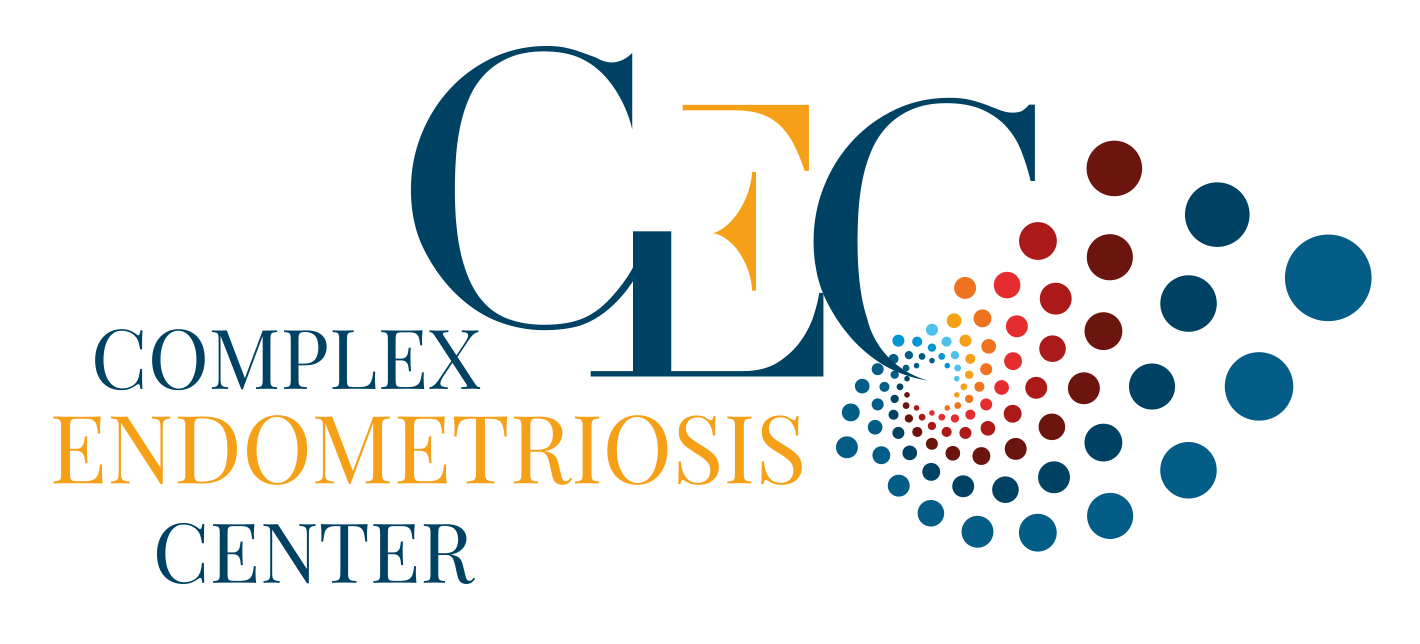Shaving: Conservative surgery for deep endometriosis
Among gynecological pathologies,deep endometriosis is a severe form of endometriosis that infiltrates sub-peritoneal tissues and can affect vital organs such as the rectum, vagina or bladder.
This pathology, which affects up to 10% of women of childbearing age, leads to chronic disabling pain, fertility problems and reduced quality of life.
Among the surgical options available, shaving is recommended as a first-line treatment for its safety, efficacy and functional results, thanks to its many advantages over other, more invasive techniques, and even if certain points of vigilance for patients and practitioners need to be taken into account.
What is shaving?
Shaving is a conservative surgical technique that involves excising deep endometriosis nodules while preserving adjacent anatomical structures.
Unlike segmental intestinal resection or discoid excision, this surgical treatment does not involve removal of entire segments of the intestine or rectal wall. The surgeon focuses on detaching the nodule from the underlying tissues to restore normal morphology without compromising vital functions.
What are the advantages of shaving in obstetrics and gynecology?
1. Reduced complication rates
Among the gynecological surgical techniques available to treat rectovaginal endometriosis, shaving is associated with a significantly lower risk of serious complications, such as:
- Rectovaginal fistulas (0.25% for shaving versus up to 18% for segmental resection if close to the anal margin). Our experience of over 3,000 patients operated on shows a rectovaginal fistula rate of 0.06%.
- Although rare, intestinal perforations are easily repaired when they occur in the management of endometriosis-related pathologies.
- Prolonged urinary disorders, such as urinary retention, are also less frequent with shaving (0.19% versus 17.5% for other approaches).
2. Shorter hospital stays
Thanks to the less invasive nature of this surgical procedure, shaving patients can generally be discharged from hospital within 2-3 days.
This contrasts with the 5 to 7 days required after a segmental resection, for example. This shorter hospital stay is conducive to faster physical and emotional recovery.
3. Preserved functional results
Shaving preserves digestive and urinary functions by preserving peripheral nerves and surrounding structures.
This is particularly important because radical surgery can have lasting consequences such as :
- Urinary and fecal incontinence.
- Repeated gynecological emergencies.
- Rectal continence disorders.
Studies show that post-operative quality-of-life scores are significantly better in women who have benefited from shaving than in those treated by more invasive techniques: discoid excision, segmental bowel resection or a combined laparoscopic and transanal approach.
4. Proven efficiency
Despite the perception that shaving could lead to a higher recurrence rate, data from our published experience shows that this is not the case.
Studies report a recurrence rate of less than 3% after pregnancy, comparable to or lower than that of other techniques. When endometriosis surgery is performed by the expert hands of specialized surgeons, shaving offers results equivalent to those of radical approaches, while minimizing risks.
In addition, shaving can be used to treat large nodules (up to 6 cm) or those infiltrating several tissue layers. In rare cases where shaving is not sufficient, discoid excision may be considered as an additional procedure.
What are the differences with other surgical options for deep endometriosis?
Discoid excision
Although equally conservative, this technique is more invasive than shaving, and carries a higher risk of complications, notably rectovaginal fistulas (7-10%). Surgeons generally reserve this technique for nodules located in difficult-to-access or poorly delineated areas.
Segmental resection
This radical approach involves removal of part of the bowel and is reserved for severe cases of endometriosis where nodules cause major stenosis or infiltrate several segments.
The disadvantages are numerous: a high risk of post-operative complications (fistulas, bleeding), long-term impairment of digestive and urinary functions, and prolonged recovery time.
Other techniques combine laparoscopy to access the pelvic cavity and transanal surgery to treat lesions in the lower rectum.
What do I need to watch out for when shaving?
Although this technique has many advantages, it is not without its limitations and requires certain factors to be taken into consideration:
- The surgeon's expertise: Shaving requires considerable precision and experience to ensure complete excision of nodules and preserve healthy tissue.
- Accurate diagnosis: A careful preoperative assessment is essential to determine whether shaving is a suitable option. Imaging techniques help plan the procedure.
- Recurrence management: Recurrences may occur due to the presence of unresolved microscopic foci. Rigorous post-operative monitoring is essential.
Shaving is widely recognized as the first-line treatment fordeep endometriosis due to its safety profile, efficacy and ability to preserve patients' quality of life.
However, each case must be assessed individually to ensure comprehensive care. The success of this approach to medical and surgical gynecology relies on a competent multidisciplinary team, state-of-the-art technical facilities and open communication with patients.
Ultimately, the choice of surgical technique must always strike a balance between relieving symptoms, preventing complications and restoring normal life. Shaving distinguishes itself from other surgical techniques by its ability to successfully reconcile these objectives.
